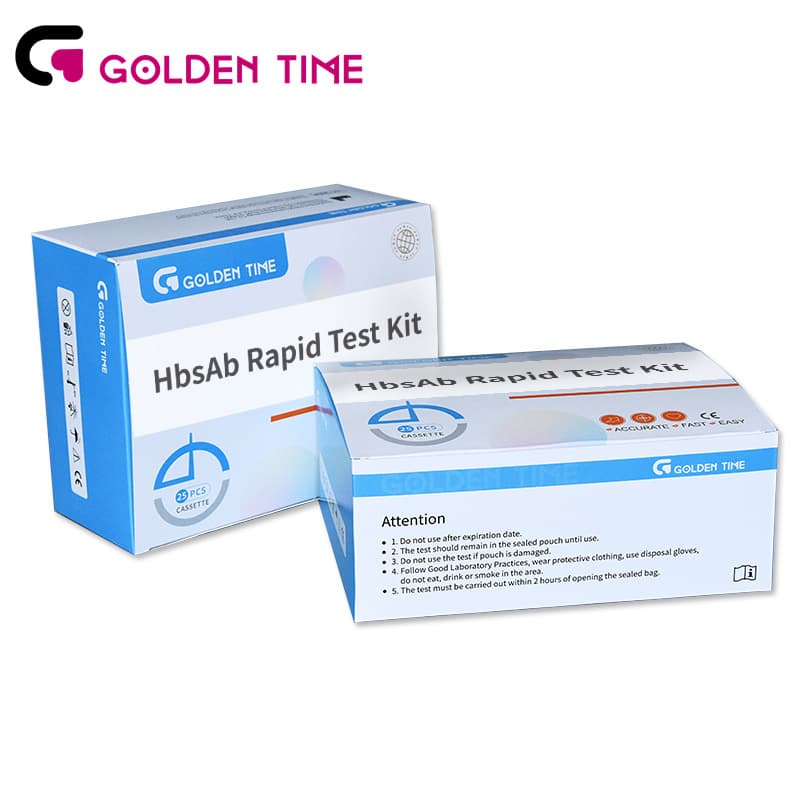Jul . 23, 2024 14:27 Back to list
Rapid Testing for Influenza B Antigen Detection What You Need to Know
Influenza B Ag Rapid Test A Valuable Tool for Timely Diagnosis
Influenza remains a significant public health concern worldwide, causing seasonal epidemics and occasional pandemics. Among the various strains of the influenza virus, Influenza B is a major contributor to these outbreaks, particularly affecting children and the elderly. The timely and accurate diagnosis of Influenza B is crucial for effective treatment and management of the disease. One of the advancements in this area is the development of the Influenza B antigen rapid test, a tool that provides quick and reliable results for healthcare providers.
Influenza B Ag Rapid Test A Valuable Tool for Timely Diagnosis
One of the primary benefits of the Influenza B Ag rapid test is its ability to identify infected individuals quickly, facilitating early intervention measures. For instance, antiviral treatments like oseltamivir (Tamiflu) are most effective when administered within the first 48 hours of symptom onset. Rapid testing enables healthcare providers to start treatment sooner, potentially improving patient outcomes and reducing the spread of the virus within communities.
influenza b ag rapid test

Moreover, the Influenza B Ag rapid test contributes to better management of healthcare resources. During peak flu seasons, hospitals and clinics can become overwhelmed with patients presenting flu-like symptoms. Rapid tests help to differentiate between Influenza B and other respiratory infections, allowing healthcare professionals to allocate resources effectively and avoid unnecessary hospitalization. By confirming or ruling out Influenza B efficiently, these tests play a crucial role in controlling patient flow and maintaining safety in healthcare settings.
However, like any diagnostic tool, the Influenza B Ag rapid test has its limitations. While it offers quick results, the sensitivity and specificity can vary depending on the test used and the timing of the specimen collection. False negatives can occur if the test is performed too early in the course of the illness or if the viral load is low. Therefore, it is essential for healthcare providers to consider clinical symptoms and exposure history, and in some cases, to confirm results with more sensitive laboratory-based tests if Influenza B is strongly suspected.
In conclusion, the Influenza B Ag rapid test represents a significant advancement in the field of infectious disease diagnostics. Its ability to provide quick results allows for timely clinical decision-making and better management of influenza outbreaks. While there are limitations to be mindful of, the benefits of rapid testing in detecting Influenza B are undeniable, especially during the cold months when influenza viruses circulate more widely. As technology advances, ongoing innovations in rapid testing could further enhance our ability to diagnose and manage influenza, ultimately improving public health outcomes.
-
Malaria Pf Ag Rapid Test Kit - Quick & Accurate Detection
NewsAug.11,2025
-
Accurate Cardiac Marker CK-MB Rapid Test for Quick Results
NewsAug.10,2025
-
Premium Empty ABS Plastic Cassette for Test Strips
NewsAug.09,2025
-
Sterile Urine Cup: Accurate Specimen Collection for Labs & Home
NewsAug.08,2025
-
Malaria Pf/Pan Ag Rapid Test Kit for Fast, Accurate Diagnosis
NewsAug.07,2025
-
Rapid Canine Corona Test: Fast & Accurate Results
NewsAug.06,2025

